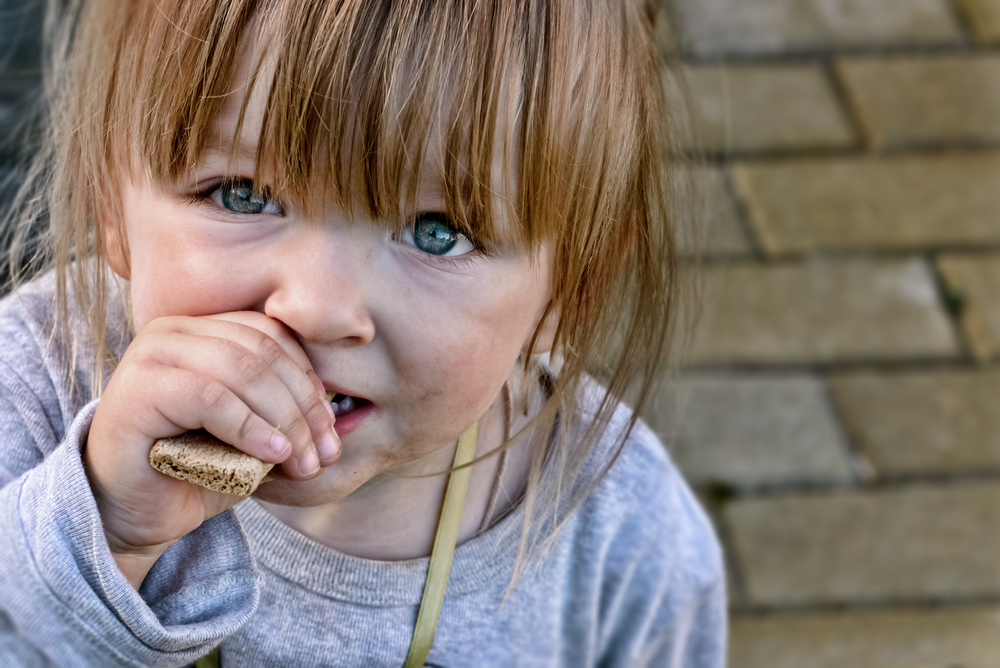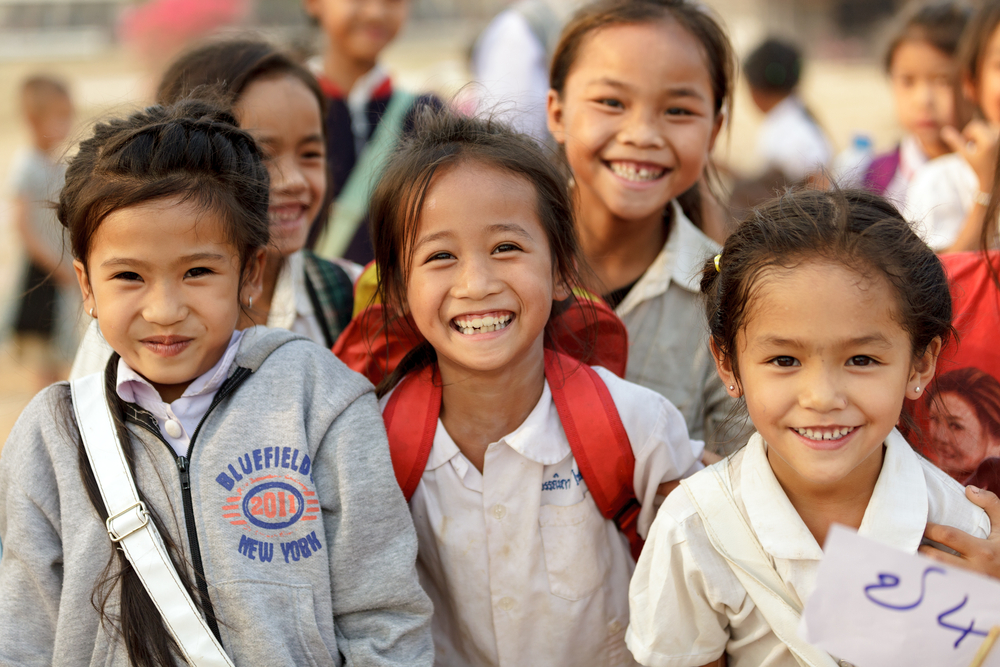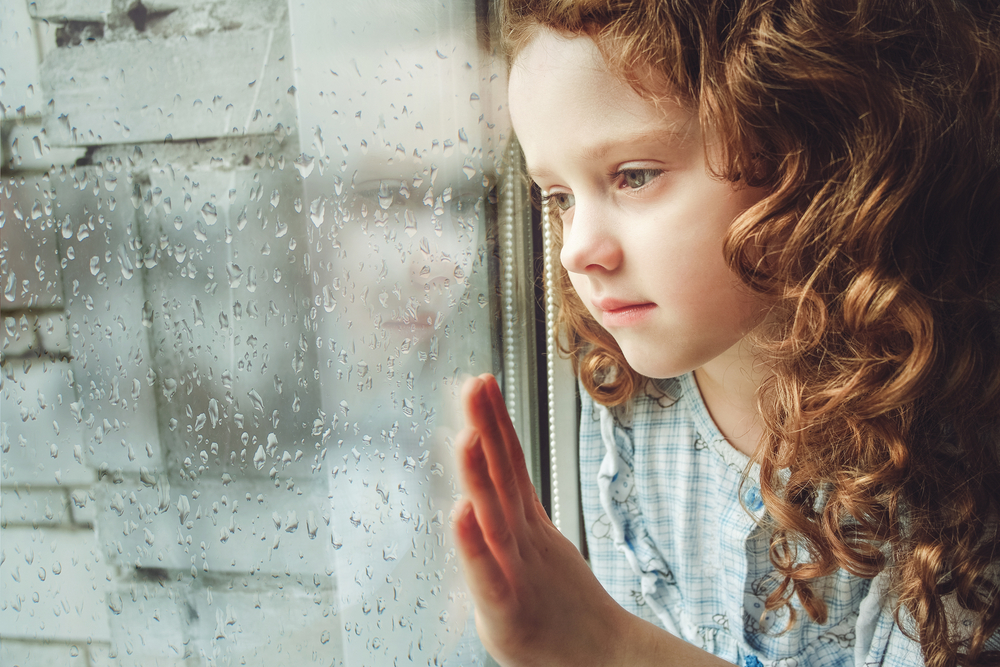If a child has already been exposed to an adverse childhood experiences, and the teacher can successfully identify it, the teacher can then give that child increased attention and implement student-specific techniques to expedite academic and behavioral progress.
Many studies have provided evidence that Adverse Childhood Experiences (ACEs) have been linked to poor physical outcomes. However, there is very little research investigating the relationship between how adverse childhood experiences affect the development and behavior of a child. From a biological perspective, we know that the first five years after birth are marked by a rapid pace of child development and brain growth making this a critical time period of opportunity and vulnerability. So we may easily infer that adverse experiences would have a negative effect – but by how much of an effect? More specifically, how much would experiences such as – physical, sexual and psychological abuse and neglect, as well as household abuse, mental illness, violence and incarceration – negatively impact the behavior and academic success of a child?
Adverse Childhood Experiences Study
Pediatrician Manuel E. Jimenez of the Rutgers Robert Wood Johnson Medical School and his colleagues recognize the importance of how a good living environment establishes the foundation for a child to succeed. Hence, they wished to implement a study that would correlate adverse experiences in early childhood with poor academic, literacy and behavioral outcomes in kindergarten. They decided to evaluate the results at the age of kindergarten as it had already been shown that academic skills and behavior at that time point are strong predictors of educational trajectory.
What Jimenez and his team conducted is a secondary analysis of data from the Fragile Families and Child Wellbeing Study (FFCWS). The FFCWS birth cohort consists of nearly 5000 children born between 1998 and 2000 in 20 large US cities. Children in the FFCWS study were mostly born in unmarried parents. The data set includes postpartum interviews with the parents and follow-up interviews at ages 1, 3, 5 and 9 years after the child’s birth. In Jimenez’s study, his team sampled 1007 children from the FFCWS and obtained the teacher-reported outcomes as well as primary caregiver-report information 5 years after the children were born. All reports and evaluations recognized the 8 ACE exposures as defined by the Centers for Disease Control and Prevention and Kaiser Permanente health maintenance organization ACE study. The teachers were asked to rate the children on a 5 point scale from, “far below average,” to “far above average,” in literacy, science, social studies and math. Similarly the teachers were also asked to describe the child’s classroom behavior by using questions from a checklist and describing if the behavior was, “not true,” “somewhat or sometimes true,” or “very or often true.”
The results were clear. 55% of the children had one ACE while 12% had experienced 3 or more. Despite adjusting for confounding variables, a logistic regression displayed a general pattern of worsening in academic, literacy and behavior outcomes with more ACEs. The average number of ACEs for children with poor outcomes was 1.2-1.54 compared to those without, at 0.92-0.97. Children with more than 3 ACEs were often far below average academically and far above average for attention problems, social problems, and aggression.
The Study Cannot Establish Causality
Despite the convincing evidence, this study can only illustrate strong links between ACEs and poor kindergarten outcomes that place children at elevated risk for poor educational achievement and subsequent health difficulties. It cannot establish causality. This is because there are numerous confounders or lurking variables that affect a child’s behavior and success other than ACEs. These include if the child is from a urban or rural environment, who the child’s friends are and how successful are his or her parents. Furthermore, in the FFCWS data set, it is the parents that retrospectively describe what ACEs the children have faced. This method of data reporting is subject to bias as it is impossible to be absolutely sure if the number of ACEs for a given child is accurately reported. The study by Jimenez and his team can be better supported by future research that correct for these variables which is generally difficult to do with a secondary analysis study.
My take-away from this study is the need for integrated cross-sector approaches to enhance the development of vulnerable children. This would involve a method of early identification of children who have had an ACE or are living in a household where they are highly susceptible to ACEs. In order for this to occur, teachers need to be trained to identify early patterns of behavior of children who have had an ACE. Furthermore, it is important to strengthen the relationship between teachers and caregivers so that teachers can better understand the lives of their students outside of the classroom. If a child has already been exposed to an ACE, and the teacher can successfully identify it, the teacher can then give that child increased attention and implement student-specific techniques to expedite academic and behavioral progress.




















